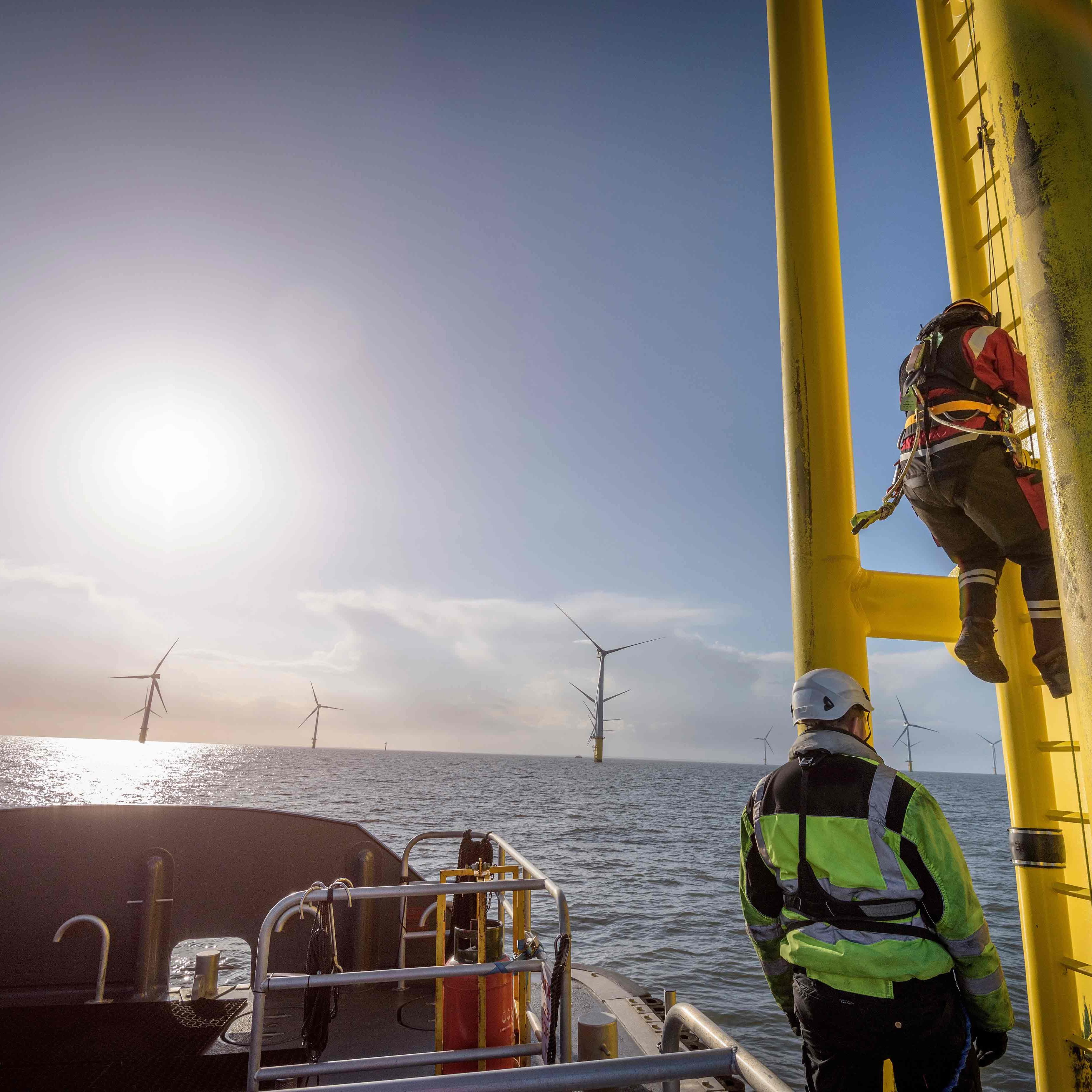Sustainability
Carbon Insetting Explained: Decarbonising the Aviation sector with Sustainable Aviation Fuel
What is the difference between carbon offsetting and carbon insetting? Carbon insetting is the practice of addressing carbon emissions inside a company’s own value chain, whereas by offsetting, a company supports projects that are separate from its business practices.
As consumers worldwide demand more eco-friendly business practices from companies, many global brands increasingly turn to carbon offsetting as a way to address their carbon footprints. Offsetting supports impactful climate projects worldwide while acknowledging the company’s carbon footprint, but it is not the long-term solution for decarbonisation.
Complementing this, carbon insetting gives companies the opportunity to support impactful projects within their own value chain. With insetting, companies invest or introduce more sustainable practices directly into their business practices—in other words, reducing their carbon footprint by engaging with their value chain on alternative, lower carbon solutions.
Insetting requires companies to deeply understand and take responsibility for their own business practices. This includes managing their scope 1,2 and 3 emissions. Read about how companies can measure their Scope 1, 2, and 3 emissions and learn about business ESG reporting here.
Carbon insetting with SAF
One example of carbon insetting is the transportation sector’s use of sustainable aviation fuel (SAF) – a new, cleaner substitute for traditional jet fuel. Experts repeatedly stress that SAF is the best solution we have to reduce the carbon footprint of flying in the short term: the carbon emissions of SAF are up to 80% lower than from burning fossil-based jet fuel, and so the use of SAF prevents new CO2e from entering the atmosphere in the first place.
So why isn’t it more widely available? As a frontier technology, scaling SAF production requires a significant upfront investment. SAF is currently produced in small volumes, and it costs significantly more than fossil kerosene—enough to make it difficult for SAF to compete in the jet fuel market.
Some of the world’s most dynamic airlines and airports are directly financing and working to accelerate the deployment of SAF. For example, Heathrow Airport is now giving all its passengers the opportunity to reduce the equivalent of their flight’s carbon emissions by purchasing SAF.
Carbon insetting with SAF allows airlines and passengers to cover the cost premium of SAF and ultimately support the production and use of this more sustainable alternative jet fuel.
When travellers choose to support SAF through opportunities like Heathrow Airport’s or through the CHOOOSE Climate App for SAP Concur, they are funding the deployment of SAF and associated emissions reductions through an independently audited Book-and-Claim framework. Book-and-Claim models enable the physical fuel of SAF to be delivered to and used at any airport, while any traveller pays for the SAF and owns the associated environmental attributes (carbon reduction).
Taking the insetting initiative
Ultimately, a company’s pathway to decarbonisation requires directly lowering or avoiding emissions associated with its own carbon footprint. Carbon insetting—which involves actions to reduce or remove emissions directly from one’s supply chain—does just this.
CHOOOSE helps companies and individuals manage and minimise their carbon footprint, through carbon offsetting via verified high-standard climate projects and insetting via Sustainable Aviation Fuel (SAF).
CHOOOSE supports Sustainable Aviation Fuel supply and transactions via both mass balance¹ and book and claim models², and can onboard an airline’s own SAF supply to start carbon insetting. Some of CHOOOSE’s partners in furthering SAF adoption include the World Economic Forum, SAP Concur, SkyNRG, The Climate Gig, Finnair, and Heathrow Airport.
Are you ready to start addressing your carbon footprint associated with corporate travel?
With the new CHOOOSE Climate App for SAP Concur, you can automate measuring and reporting on the carbon emissions associated with your company’s corporate travel. Then, you can address these emissions by supporting verified, high-impact carbon reduction (through Sustainable Aviation Fuel), removal, or offset solutions.
The Climate App ensures that you manage your emissions in the same SAP solutions and workflows in which you already manage your other business processes. Download the Climate App in the SAP app listing centre here.
____
Definitions are from the Smart Freight Centre - MIT Center for Transportation Logistics: ‘SAF GHG Accounting and Insetting Guidelines’
¹ Chain of custody by mass balance requires the documentation of the amount of SAF at each stage of the aviation fuel distribution network. While physical co-mingling of SAF with conventional aviation fuel is permissible under a mass balance system, from an accounting perspective, the virtual share of SAF in the distribution network must be quantified at all points from the SAF’s introduction to the network until the point of loading into an aircraft.
² Chain of custody by book and claim allows the complete physical and virtual separation of a batch of SAF from its environmental attributes. Under a book and claim system, a batch of SAF does not need to be traced, tracked, or handled separately from conventional aviation fuel in an aviation fuel distribution network. The environmental attributes of the SAF are separated from the physical SAF and can be purchased independently of the physical SAF.
